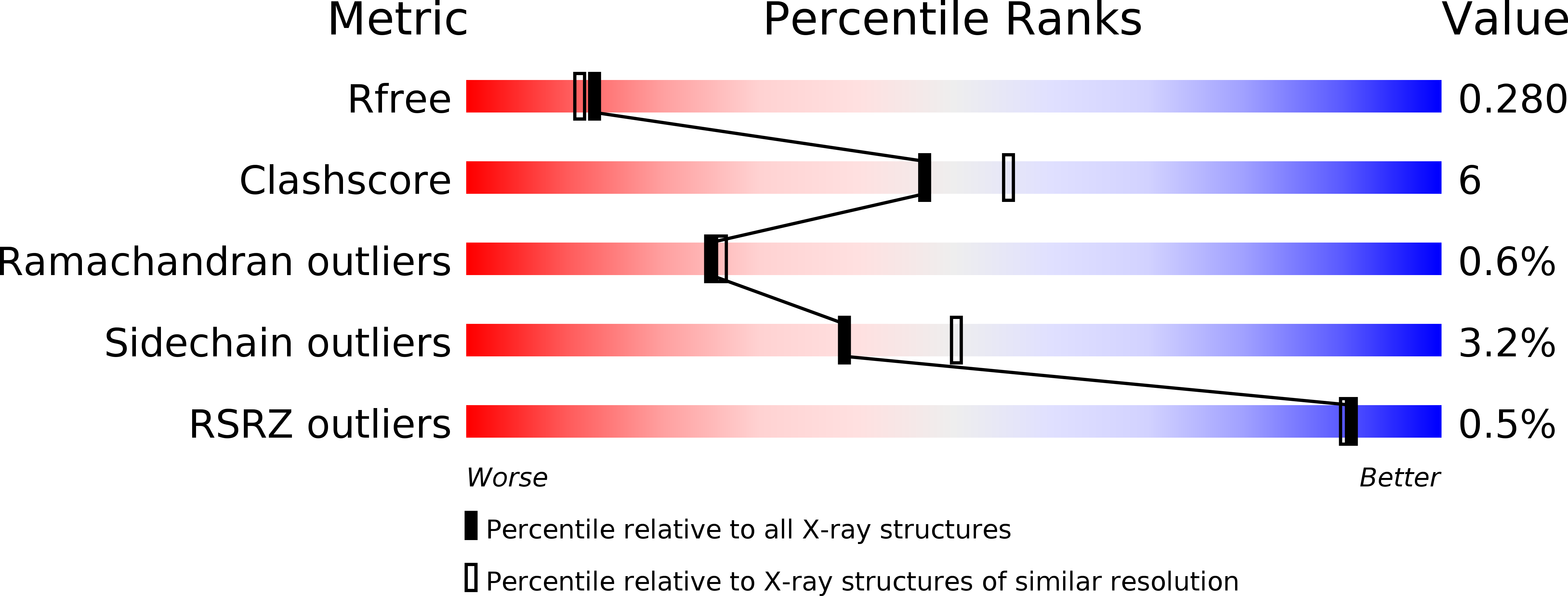
Deposition Date
2015-12-28
Release Date
2016-12-28
Last Version Date
2023-11-08
Entry Detail
Biological Source:
Source Organism:
Clostridium perfringens (strain 13 / Type A) (Taxon ID: 195102)
Host Organism:
Method Details:
Experimental Method:
Resolution:
2.20 Å
R-Value Free:
0.27
R-Value Work:
0.22
R-Value Observed:
0.22
Space Group:
P 21 21 2


